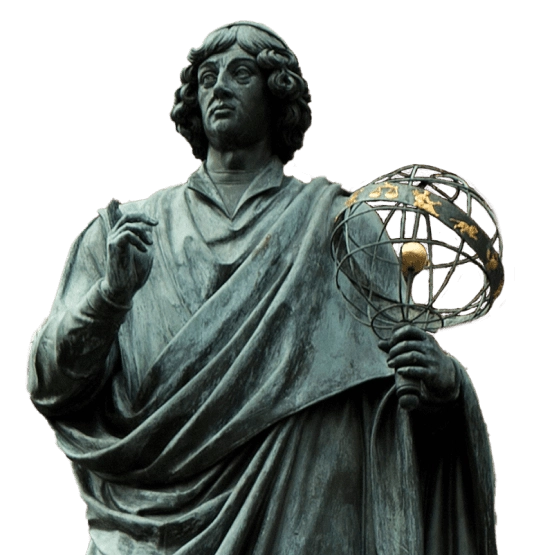In one of the most inhospitable corners of the world, the Namib Desert, archaeologists have made a remarkable discovery. During a walking expedition, Professor Dominic Stratford from the University of Witwatersrand in South Africa and Dr. George Leader from The College of New Jersey, USA, came across tools dating back 1.4 million years.
The expedition, which took place along the bed of the ephemeral Tsondab River, uncovered more than 40 new archaeological sites along a 160 kilometers route. Among the finds were prehistoric tools that may have been used by ancient human ancestors. Some of the artifacts have been dated to 1.4 million years ago, making them among the oldest finds of their kind in the world.

Source: www.wits.ac.za
The discovery sheds new light on the history of human activity in the Namib Desert, which has been the site of dynamic climate change for millions of years. The researchers plan to return to Namibia to continue their research and conduct excavations that could provide even more information about the region’s ancient inhabitants.






